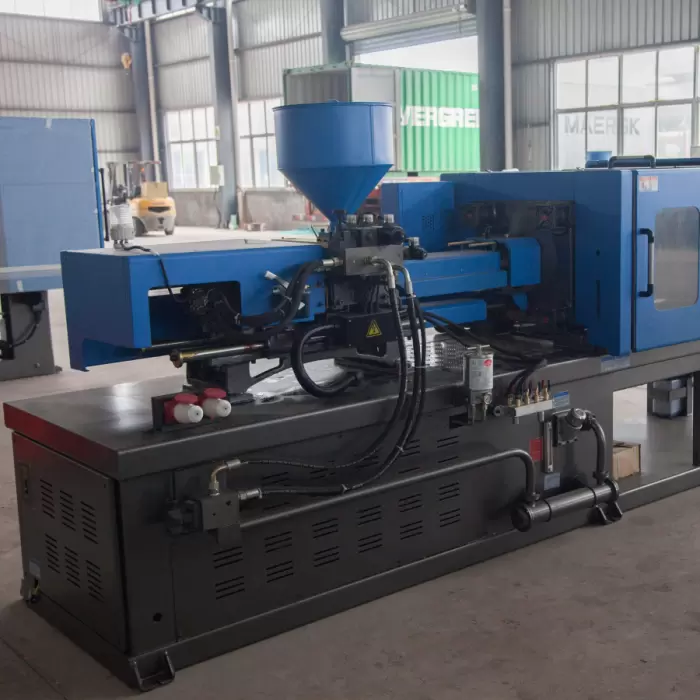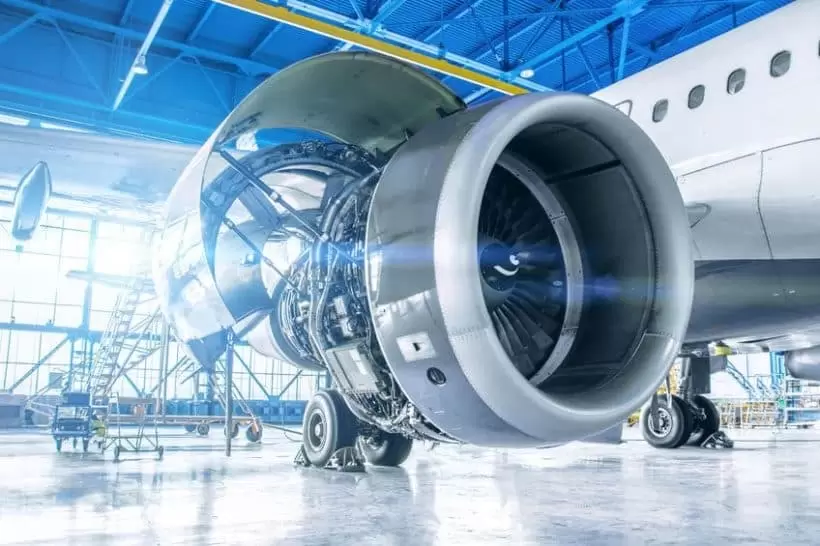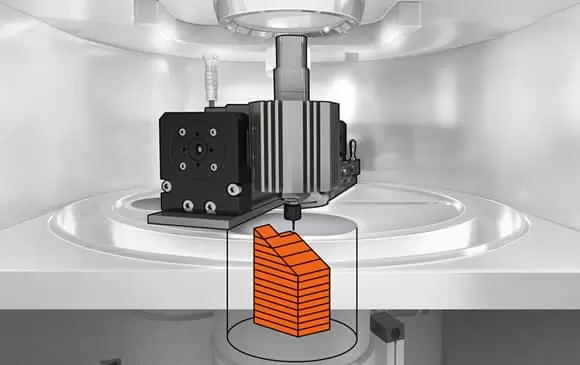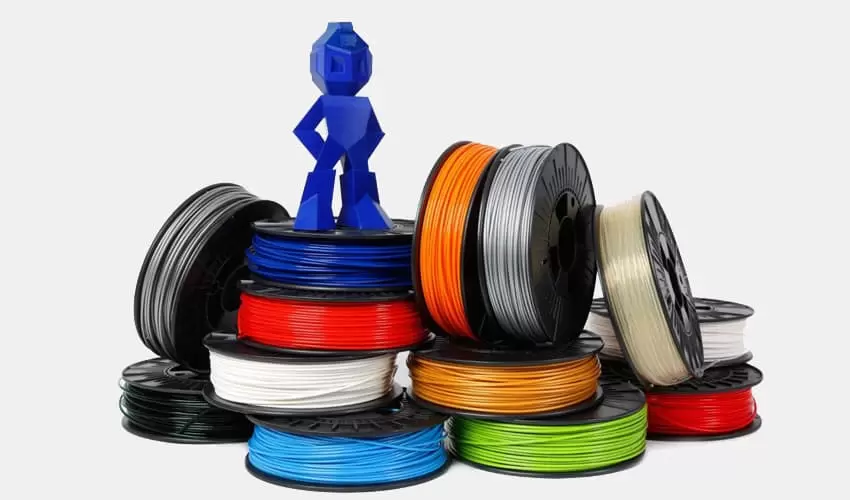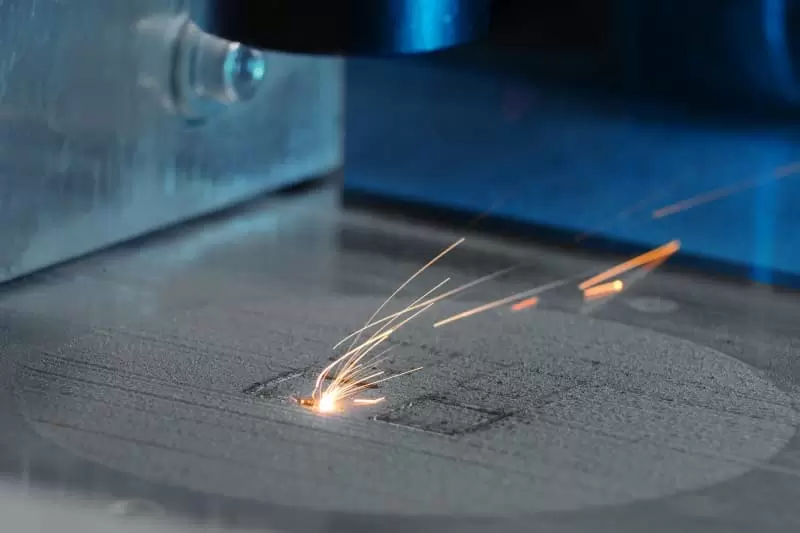Table of Contents:
- Introduction
- Types of Injection Machines
- Working Mechanisms of Injection Machines
- Applications of Injection Machines
- Factors to Consider When Choosing an Injection Machine
- Maintenance and Troubleshooting of Injection Machines
- Future of Injection Machines
- Conclusion
-
1. Introduction
Injection machines, also known as injection molding machines, are an essential tool in the manufacturing industry. These machines are used to produce a wide range of products, including automotive parts, medical devices, packaging materials, and consumer goods.
In this comprehensive guide, we will provide an in-depth overview of injection machines. We will discuss the different types of injection machines, their working mechanisms, applications, and factors to consider when choosing an injection machine. We will also provide maintenance and troubleshooting tips and discuss the future of injection machines.
-
2. Types of Injection Machines
There are three main types of injection machines: hydraulic, electric, and hybrid injection machines.
Hydraulic Injection Machines:
Hydraulic injection machines use hydraulic pressure to operate the injection unit, clamping unit, and ejector unit. They are the most commonly used type of injection machine due to their low cost and ability to handle high-pressure applications.
Electric Injection Machines:
Electric injection machines use electric motors to operate the injection unit, clamping unit, and ejector unit. They are known for their precision, speed, and energy efficiency. They are also ideal for cleanroom applications because they do not produce oil or hydraulic fluid.
Hybrid Injection Machines:
Hybrid injection machines combine the best of both hydraulic and electric injection machines. They use a combination of hydraulic and electric components to optimize energy efficiency and precision.
-
3. Working Mechanisms of Injection Machines
Injection Unit:
The injection unit is responsible for melting and injecting the plastic material into the mold. The plastic material is fed into the injection unit through a hopper, where it is heated and melted. The melted plastic is then injected into the mold through a nozzle and sprue bushing.
Clamping Unit:
The clamping unit is responsible for holding the mold closed while the plastic material is injected. The clamping force required depends on the size and complexity of the mold and the plastic material being used. The clamping unit consists of a stationary platen and a moving platen, which are operated by hydraulic or electric motors.
Ejector Unit:
The ejector unit is responsible for removing the finished product from the mold. The ejector pins push the finished product out of the mold and into a collection bin.
-
4. Applications of Injection Machines
Injection machines are used in a wide range of industries, including automotive, medical, packaging, and consumer goods.
Automotive Industry:
Injection machines are used to produce a variety of automotive parts, including dashboards, bumpers, and interior trim components. They are ideal for producing large volumes of parts with high precision and accuracy.
Medical Industry:
Injection machines are used to produce medical devices such as syringes, catheters, and surgical instruments. They are ideal for producing small, intricate parts with high precision and accuracy.
Packaging Industry:
Injection machines are used to produce a variety of packaging materials, including bottles, caps, and containers. They are ideal for producing large volumes of parts with high precision and accuracy.
Consumer Goods Industry:
Injection machines are used to produce a variety of consumer goods, including toys, electronics, and household appliances. They are ideal for producing parts with high precision and accuracy.
-
5. Factors to Consider When Choosing an Injection Machine
Capacity:
The capacity of an injection machine refers to the maximum amount of plastic material that can be injected into the mold. It is important to choose an injection machine with the appropriate capacity for your specific application.
Precision and Accuracy:
The precision and accuracy of an injection machine are critical to producing high-quality parts. It is important to choose an injection machine that can consistently produce parts with the desired specifications.
Maintenance and Repair Costs:
Maintenance and repair costs are an important consideration when choosing an injection machine. It is important to choose an injection machine that is easy to maintain and repair to minimize downtime and production costs.
Energy Efficiency:
Energy efficiency is an important consideration for both cost savings and environmental reasons. Electric injection machines are typically more energy-efficient than hydraulic injection machines, but they can also be more expensive.
-
6. Maintenance and Troubleshooting of Injection Machines
Proper maintenance and troubleshooting are essential for the optimal performance of an injection machine. Here are some tips for maintenance and troubleshooting:
Cleaning and Lubrication:
Regular cleaning and lubrication of an injection machine can extend its lifespan and improve its performance. Make sure to follow the manufacturer’s guidelines for cleaning and lubrication.
Common Issues and Solutions:
Common issues with injection machines include mold sticking, material leakage, and machine malfunctions. It is important to identify and address these issues promptly to minimize downtime and production costs. Some common solutions include adjusting the mold temperature, adjusting the injection speed and pressure, and replacing worn or damaged parts.
-
7. Future of Injection Machines
The future of injection machines is promising, with advancements in technology and a focus on sustainability and environmental friendliness.
Advancements in Technology:
Advancements in technology, such as the use of artificial intelligence and automation, are improving the speed, accuracy, and efficiency of injection machines. This can lead to increased productivity and cost savings for manufacturers.
Sustainability and Environment-friendly Solutions:
Manufacturers are increasingly focusing on sustainability and environmental friendliness in their production processes. This includes the use of biodegradable and recycled materials, as well as energy-efficient machines and processes.
Click on the V1 Prototype website to gain more information.
-
8. Conclusion
Injection machines are an essential tool in the manufacturing industry, with applications in a wide range of industries. Choosing the right type of injection machine, ensuring proper maintenance and troubleshooting, and staying up-to-date with advancements in technology and sustainability are key to optimizing the performance and efficiency of injection machines. By following the guidelines outlined in this guide, manufacturers can produce high-quality products efficiently and sustainably.
